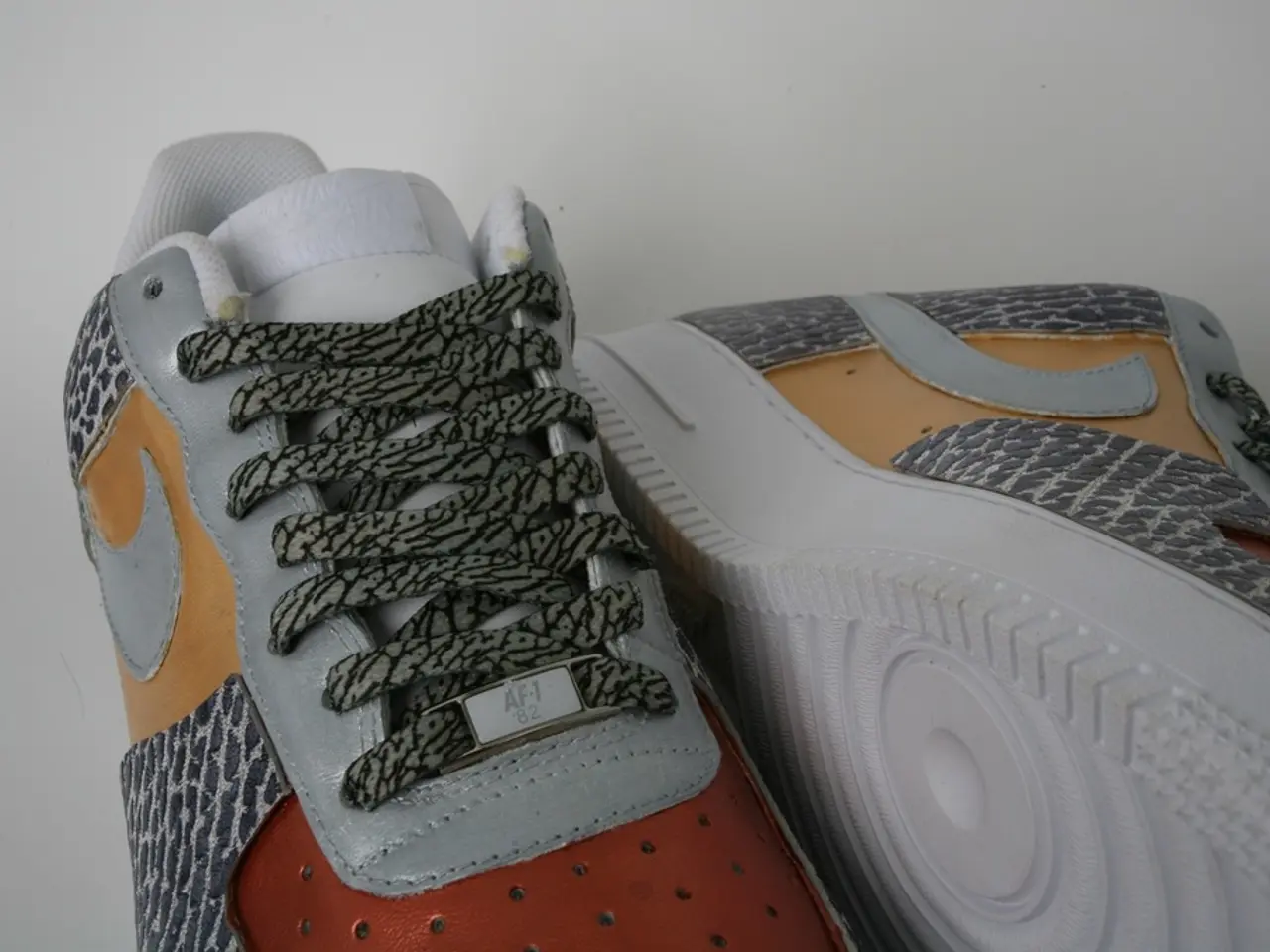Guide for Setting Up and Customizing WordPress on AlmaLinux 9
In this guide, we'll walk you through the process of installing and configuring a WordPress site on AlmaLinux 9, a free, open-source RHEL-based operating system popular for web hosting environments. By following these steps, you'll set up a fully functional, secure, and optimized WordPress on AlmaLinux 9, with MariaDB as the database backend, PHP-FPM, and Nginx as the web server.
**Prepare AlmaLinux 9 System**
1. Update your system packages: ```bash sudo dnf update -y ``` 2. Install EPEL repository and essential software for web hosting: ```bash sudo dnf install epel-release -y sudo dnf install nginx mariadb-server mariadb php php-mysqlnd php-fpm php-cli php-gd php-xml php-mbstring php-curl php-json wget unzip -y ```
**Set up MariaDB (Database Server)**
3. Start and enable MariaDB: ```bash sudo systemctl start mariadb sudo systemctl enable mariadb ``` 4. Secure your MariaDB installation: ```bash sudo mysql_secure_installation ``` Set a strong root password, remove anonymous users, disallow root remote login, remove test database, and reload privilege tables.
5. Create WordPress database and user: Access the MariaDB CLI and run the necessary commands to create the database and user.
**Download and Configure WordPress**
6. Download WordPress latest version: ```bash cd /tmp curl -O https://wordpress.org/latest.tar.gz tar xzvf latest.tar.gz ``` 7. Copy WordPress files to your web server root: ```bash sudo cp -a /tmp/wordpress/. /var/www/html/wordpress ``` 8. Set ownership and permissions: ```bash sudo chown -R nginx:nginx /var/www/html/wordpress sudo find /var/www/html/wordpress/ -type d -exec chmod 755 {} \; sudo find /var/www/html/wordpress/ -type f -exec chmod 644 {} \; ``` 9. Configure WordPress to connect to the database: ```bash sudo cp /var/www/html/wordpress/wp-config-sample.php /var/www/html/wordpress/wp-config.php sudo nano /var/www/html/wordpress/wp-config.php ``` Update the database info in the config file.
**Configure Web Server (Nginx example)**
10. Create a server block for WordPress in `/etc/nginx/conf.d/wordpress.conf`: ```nginx server { listen 80; server_name your_domain_or_ip;
root /var/www/html/wordpress; index index.php index.html index.htm;
location / { try_files $uri $uri/ /index.php?$args; }
location ~ \.php$ { include fastcgi_params; fastcgi_pass unix:/run/php-fpm/www.sock; fastcgi_index index.php; fastcgi_param SCRIPT_FILENAME $document_root$fastcgi_script_name; }
location ~ /\.ht { deny all; } } ``` 11. Test Nginx config and reload: ```bash sudo nginx -t sudo systemctl reload nginx ``` 12. Start and enable PHP-FPM: ```bash sudo systemctl start php-fpm sudo systemctl enable php-fpm ```
**Enable HTTPS with Let’s Encrypt SSL (optional but recommended)**
13. Install Certbot for AlmaLinux: ```bash sudo dnf install certbot python3-certbot-nginx -y ``` 14. Obtain and install SSL certificate: ```bash sudo certbot --nginx -d your_domain ```
**Optimize Performance and Security**
15. Enable caching via plugins. 16. Limit PHP execution and memory in `/etc/php.ini`. 17. Enable firewall to allow HTTP/HTTPS and limit other traffic. 18. Set proper permissions, avoiding writable files by others. 19. Regularly update WordPress, themes, and plugins. 20. Secure `wp-config.php` by adding `define('DISALLOW_FILE_EDIT', true);` above `WP_DEBUG`. 21. Consider installing security plugins like Wordfence.
By following these steps, you'll have a secure and optimized WordPress installation on AlmaLinux 9. To update the server, run the command to update all system packages and install the latest security patches.
Here are the sentences incorporating the given words:
- To further enhance your lifestyle and home-and-garden, you can store information about your plants and gardening projects using data-and-cloud-computing technologies and software.
- To protect your WordPress site and the data it contains, ensure to follow best security practices, such as regularly updating the software and implementing strong security measures.
- In addition to WordPress, consider incorporating software for data backup and management to secure your online lifestyle information.
- For a seamless technology experience, consider integrating a smart home management software system to control various home-and-garden appliances and automate chores.




